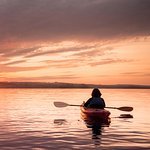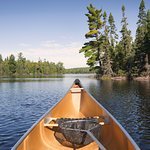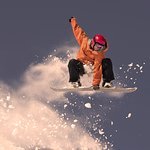Moab Rock Climbing – Guided Rock Climbing
A world-class climbing destination, Moab is a playground of adventure for desert climbers, offering some of the best crack routes and towers a climber could ask for. With a huge variety of options to choose from, the Moab area is an excellent choice for beginner to advanced climbers looking for either single or multi-pitch routes. From the roadside cracks of Wall Street, to the sport climbs of the Ice Cream Parlor and River Road, to climbing towers in Castle Valley, there is something for all abilities and interests.
We recommend several trip options, including Desert Crack Clinics, Best 4 Days in Moab, Desert Tower Tour, and Full-Day Single or Multi-Pitch Climbing. (See tabs below for more info!). Route grades range from moderate to 5.13 and harder, and our AMGA trained or certified guides can accommodate all levels of experience.
We recommend the spring and fall for climbing in the desert. Spring (late March through June) is characterized by long days and mild weather, while fall (September through early November) offers cool temperatures and the most stable weather.
If you’re unsure where to begin or where you’d like to climb, please contact our office at [email protected] or (970) 369-1153 and we’ll design the ideal trip for your experience level, goals, and objectives. This magnificent desert landscape has enchanted climbers for generations, and we hope you can join us for an amazing climbing experience!
Moab Rock Climbing
- River Road
- Wall Street
- Ice Cream Parlor
- Ancient Art
- Castle Valley
- And more!
Climbing Trip Options
- Desert Crack Clinic – Fall 2024
- October 19-20, 2024
- October 26-27, 2024
- Best 4 Days in Moab
- Desert Tower Tour
- Full-Day Single or Multi-Pitch Climbing
- See tabs below for more info!
2024 Desert Crack Clinics - Register
To book a Best Four Days in Moab, Desert Tower Tour or a Full-Day Climbing trip, please contact the Mountain Trip office at [email protected] or (970) 369-1153.





















